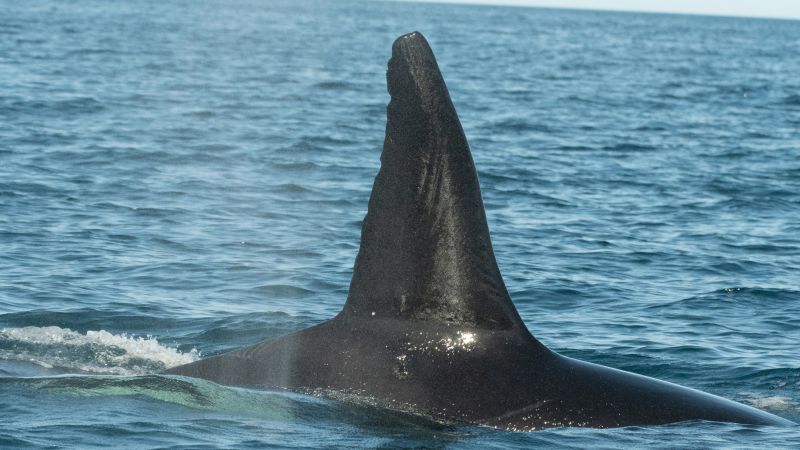In a remarkable display of natural intelligence, an orca pod located in the Pacific Ocean, adjacent to the Mexican coast, has been observed employing sophisticated techniques to effectively hunt and kill whale sharks — the planet’s largest fish, which can reach lengths of up to 18 meters (60 feet). Newly published research has unveiled this captivating predator-prey dynamic, shedding light on an aspect of marine behavior that had remained largely undocumented until now.
While earlier observations suggested that orcas were capable of taking down whale sharks, this recent study marks the first detailed documentation of such hunting behavior; it analyzed four specific hunting events that were captured on camera. As such, this research serves as vital evidence validating previous anecdotal claims about these apex predators’ abilities. Notably, the orcas tend to target juvenile whale sharks that frequent the feeding grounds in the Gulf of California, typically measuring between 3 to 7 meters (10 to 23 feet). These younger sharks are considerably more vulnerable to predation compared to their fully grown counterparts.
Francesca Pancaldi, lead author of the study from the Centro Interdisciplinario de Ciencias Marinas in Mexico, remarked on the physical characteristics of whale sharks, stating that they possess a relatively small brain in comparison to their massive size; in fact, their brains are about the size of an egg. Additionally, she noted that whale sharks have very limited means of defense, having tiny teeth that do not serve a purpose in combat. Their only real escape mechanism involves diving deep, often plunging down to depths of 2,000 meters or more.
The study reveals that the documented hunting events, conducted between 2018 and 2024, were fortified by video and image evidence collected by both scientists and observing members of the public. In their meticulous research, the authors identified the individual orcas by examining unique markings, dorsal fin shapes, and distinctive scars. Significantly, a male orca, dubbed Moctezuma after the revered Aztec emperor, played a key role in three out of the four events, showcasing a size of approximately 8 meters (26 feet). Moreover, a previously observed female orca was present in one of the events, suggesting a likely familial bond or shared pod.
The research findings delve deeper into the operational tactics employed by the orca pod during hunting. Hunting collaboratively, the orcas initiate contact with the whale shark using powerful body blows to destabilize it, subsequently flipping it into a vulnerable belly-up position, thereby neutralizing the shark’s ability to swim downward to safety. Once incapacitated, the orcas target the shark’s abdomen, allowing its blood to flow out while they consume the internal organs.
Remarkably, as elucidated by senior study author Erick Higuera Rivas, this particular hunting technique induces a state of “tonic immobility” in the whale shark — akin to temporary paralysis triggered by intense fear. It is hypothesized that the orcas may be primarily after the whale shark’s sizeable and nutritionally rich liver, which significantly constitutes its body weight, although direct observation of the organ being consumed did not occur during the study.
Sarah Teman, a doctoral researcher in the University of Washington’s School of Aquatic and Fishery Sciences, underscored the significance of the findings, highlighting that while orcas are known to hunt sharks for their fatty livers, this study marks the first clear documentation of such behavior directed at whale sharks. Orcas, found across the globe, line the top tier of the ocean’s food chain, preying on an impressive array of marine life ranging from fish to larger marine mammals, including seals and dolphins.
While more ecotypes of orcas exist, including those that have adapted to hunting great white sharks in South Africa, the Gulf of California orcas might develop their own unique ecotype attributing to elasmobranchs, as noted by the study’s authors. Such specialized predation behaviors could necessitate further exploration to understand fully the ecological implications within their respective marine environments. Nevertheless, Pancaldi reassures that the orcas’ hunting habits seem to pose no immediate threat to the whale shark population in the Gulf of California or to the broader ecosystem at this time.



